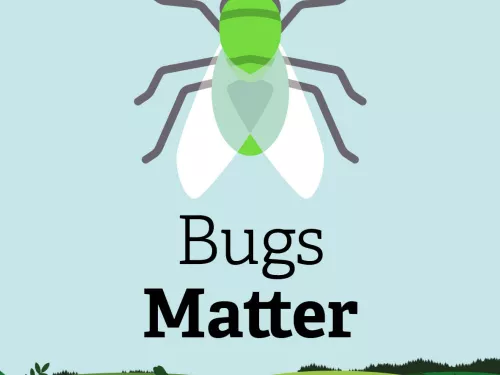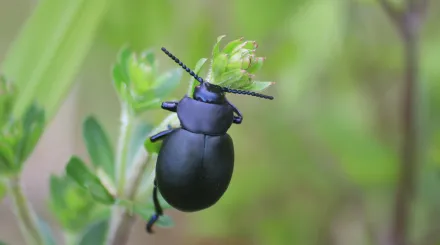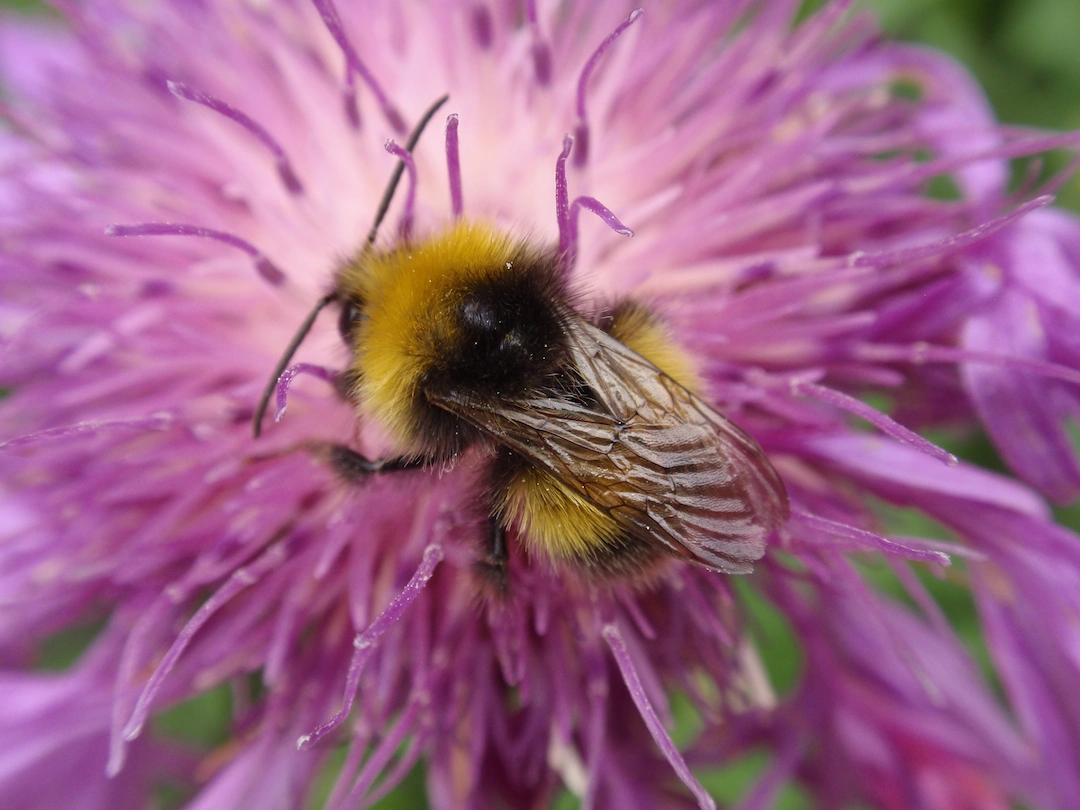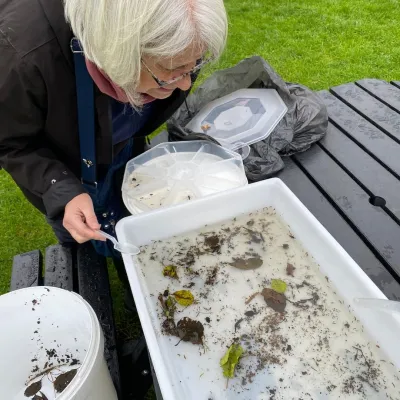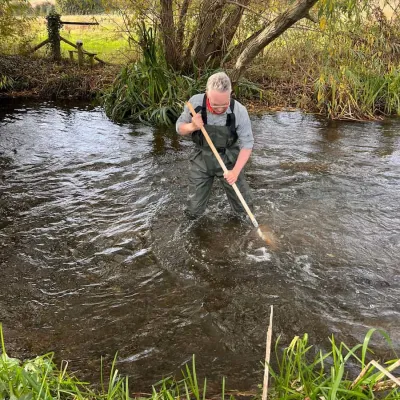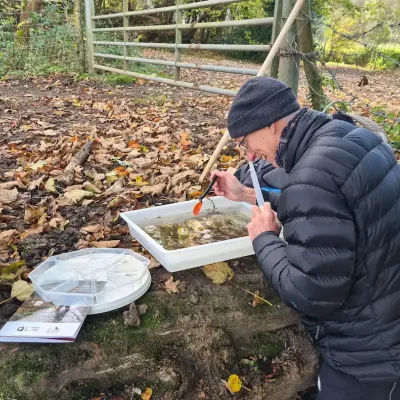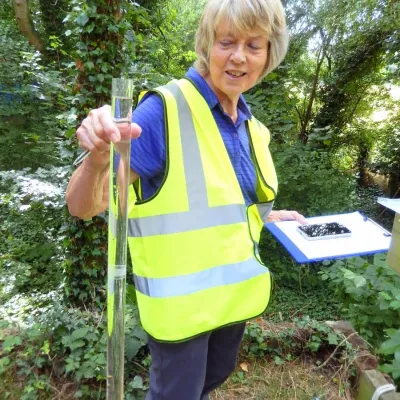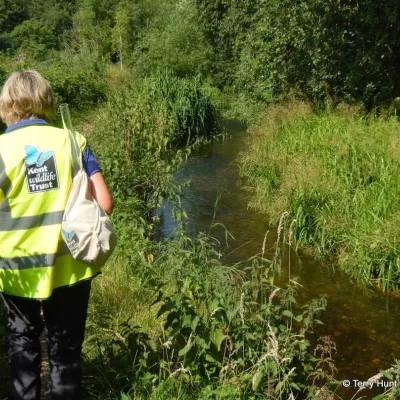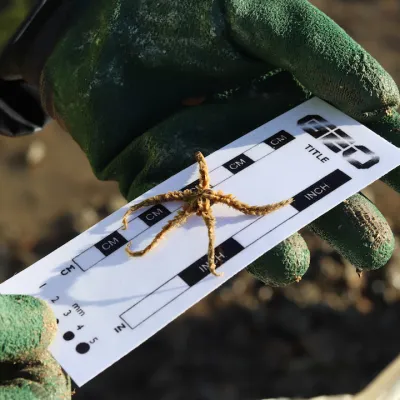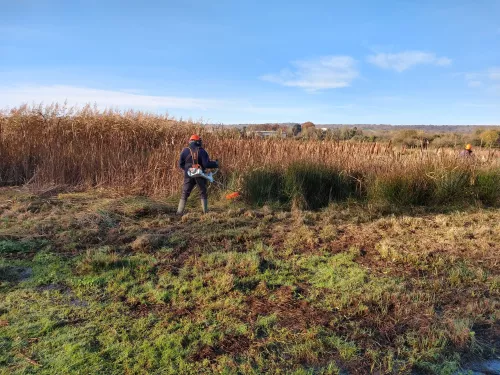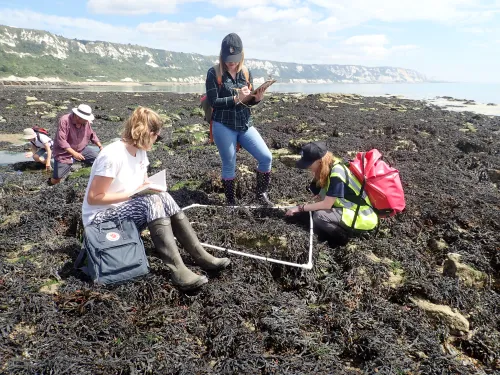Signs of Spring
The Field Studies Council are asking for your records of the first Bluebells in flower, the first dragonflies and other signs of spring. Ten different signs of spring make up this survey, recording when and where you spotted them. We’re probably a bit late for some of them now in 2025, but a good one for next year and you can always add sightings from previous months like when you saw some frogspawn or your first butterfly of the year.
Get involved
These are just some of the many citizen science projects in Kent and beyond. There is something for everyone, so why not try something new this year? You might just get hooked and become a species champion!
Launching later this year, our MyWilderKent platform is in its final development stages. It aims to empower people to take action for nature and gives simple ways you can help. Small actions can make a big difference and whether you’re participating in a citizen science survey, creating a wildlife pond, or joining a beach clean, it all adds up! So keep an eye out for it and help us foster greener communities and enhance biodiversity in Kent!
